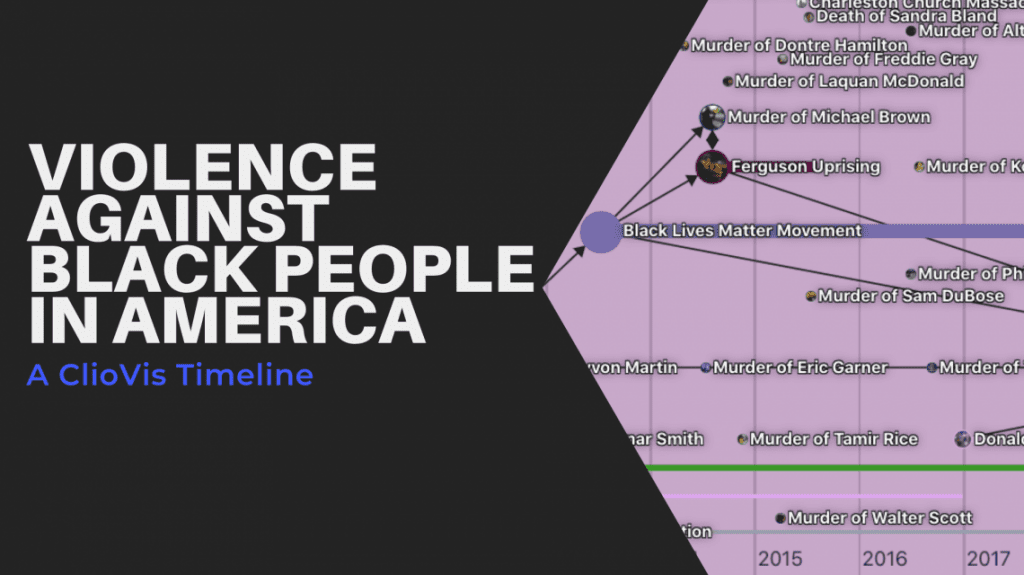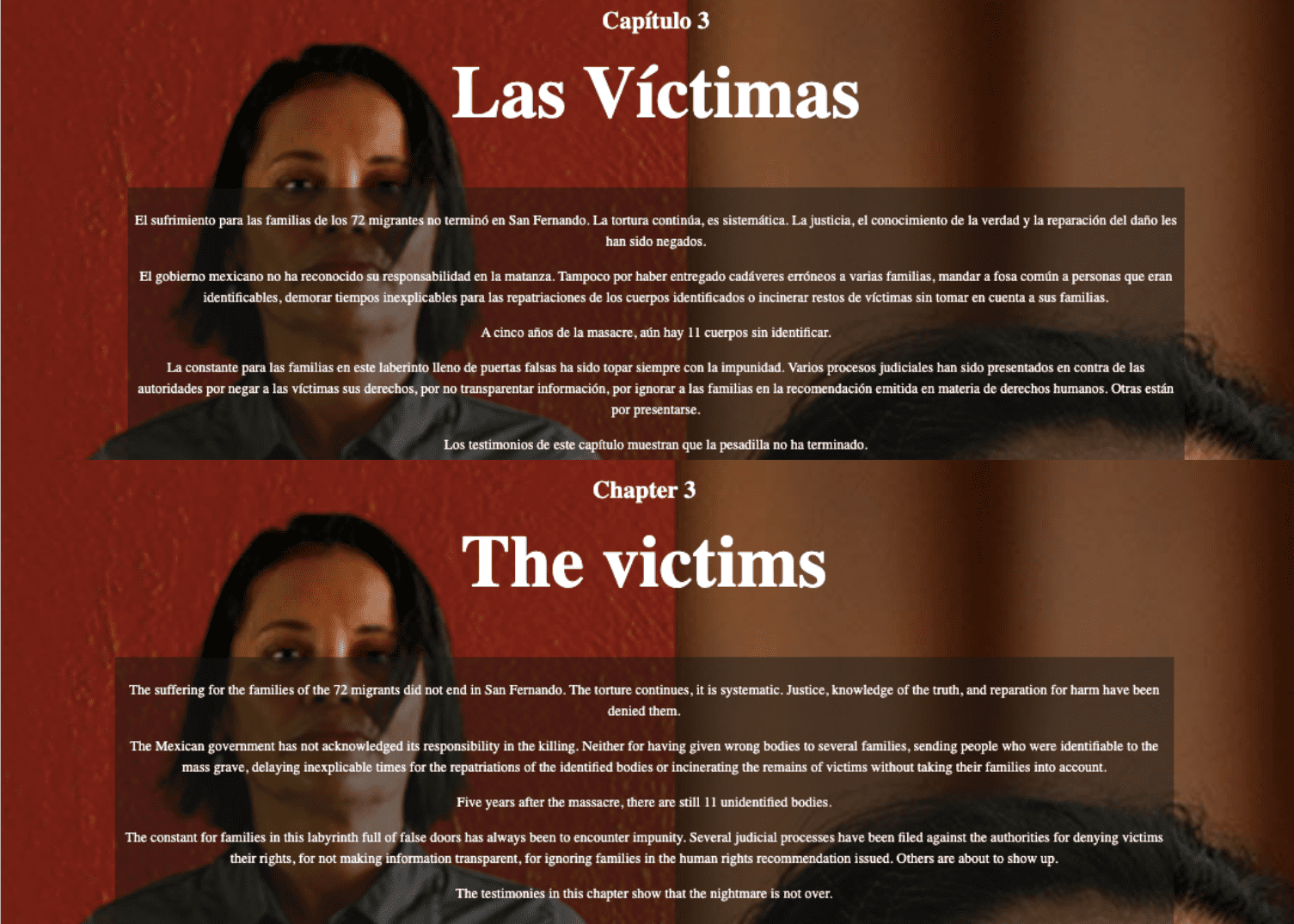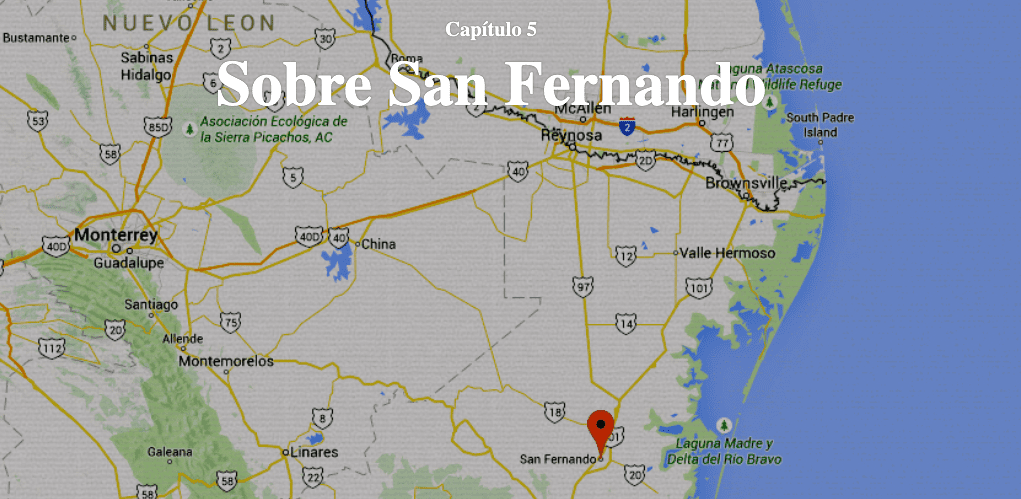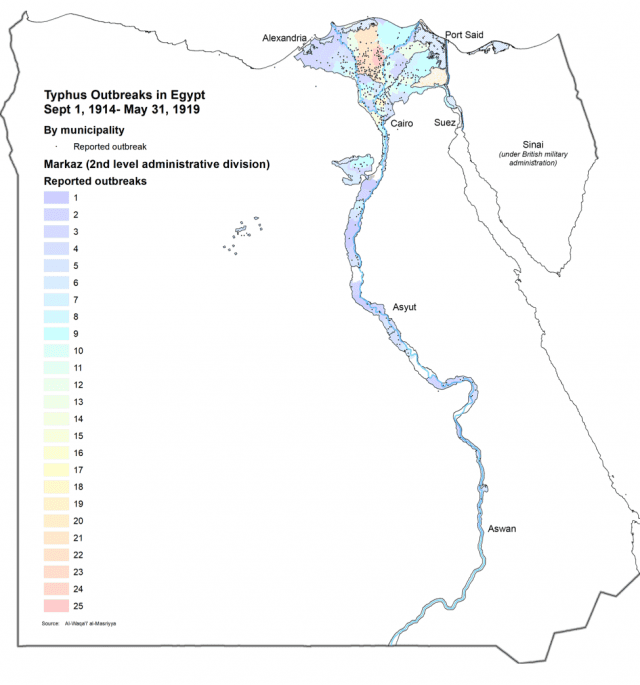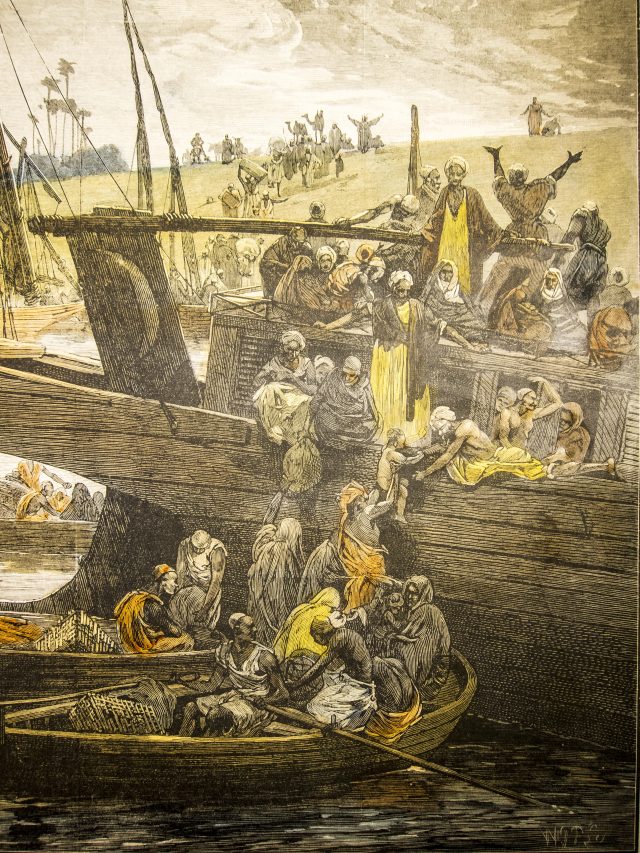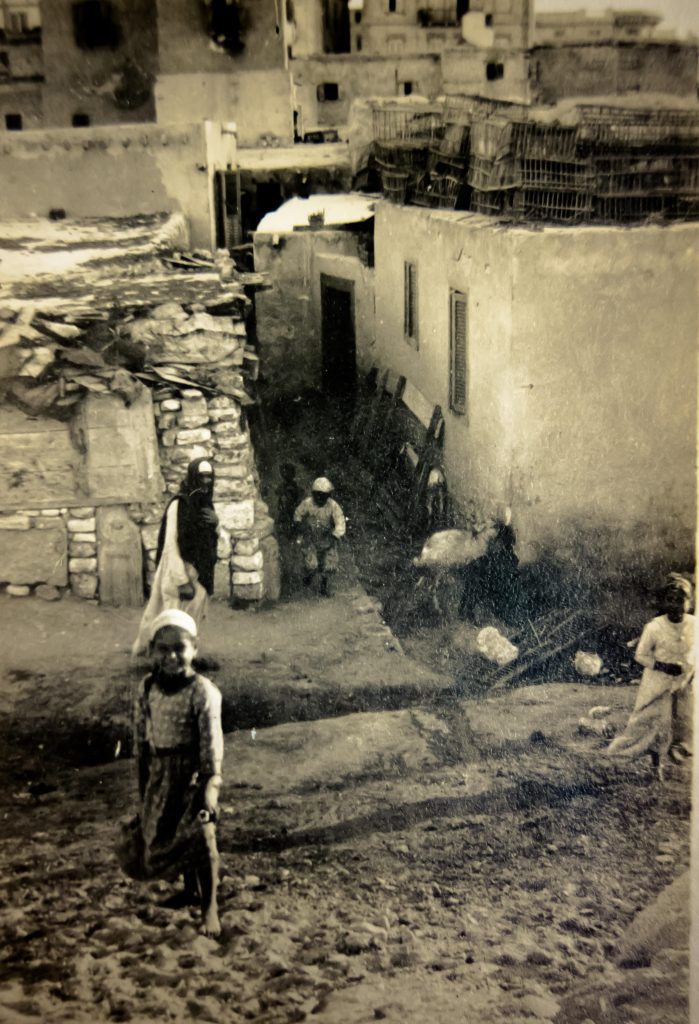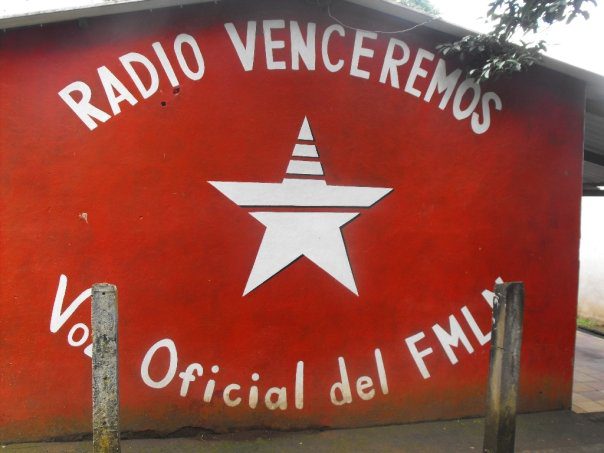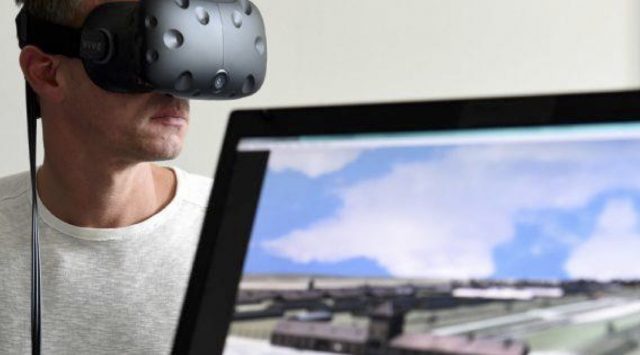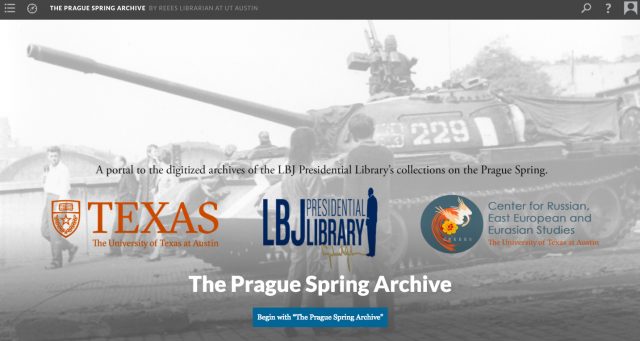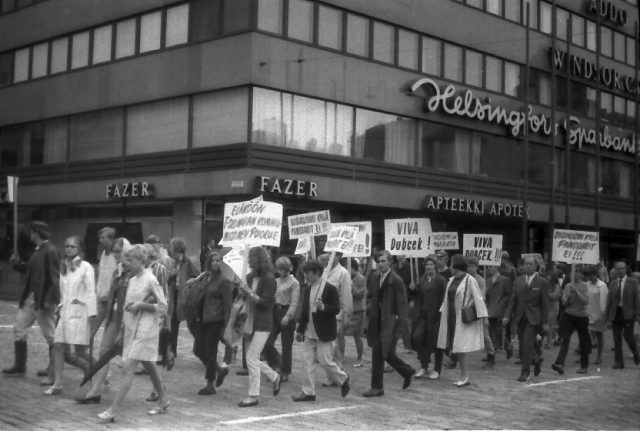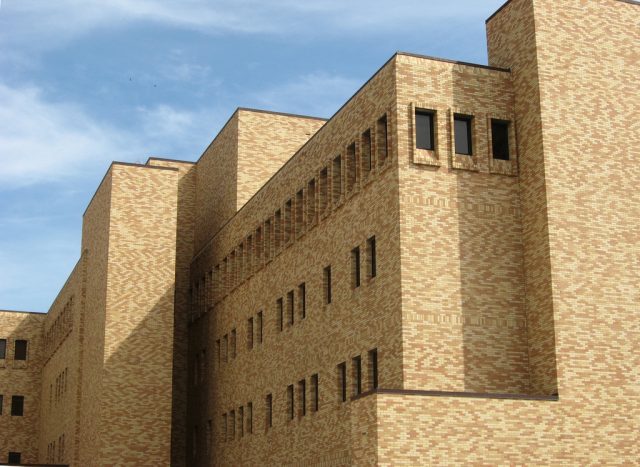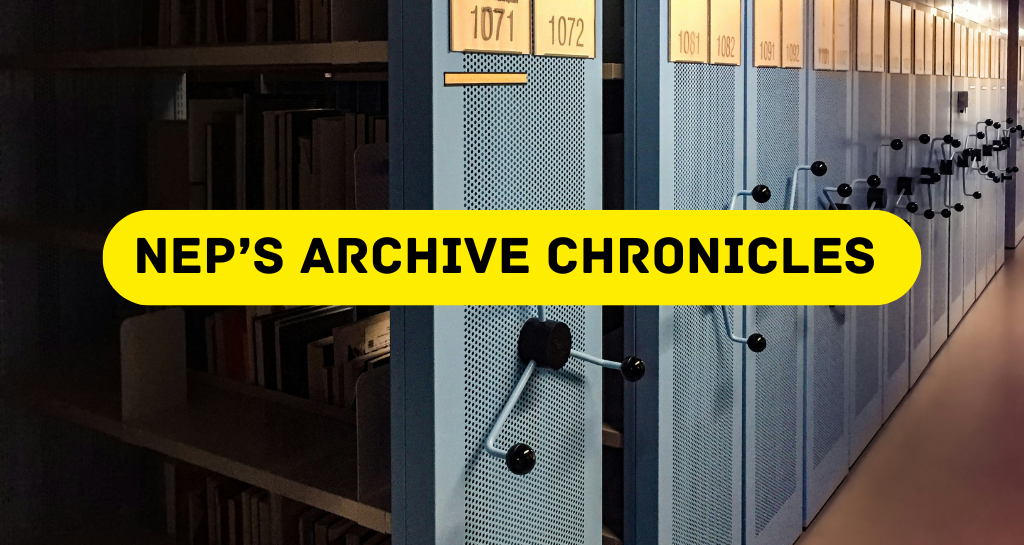
We are thrilled to announce a new series NEP’S Archive Chronicles!
We’re excited to announce the upcoming NEP Archive Chronicles series, curated by Associate Editor Camila Ordorica. This series will explore archives as affective and historical spaces in their own right, while offering insights into the process of conducting archival work. Each installment will provide a unique perspective on the treasures and challenges researchers encounter in the archives of the world. NEP’s Archive Chronicles aims to be both a practical guide and a reflective space, showcasing contributors’ experiences with archival research. Watch this space for new feature articles coming soon!
Camila Ordorica is a Ph.D. candidate in Latin American History at the University of Texas at Austin, where she studies the history of Mexico’s General Archive during the long nineteenth century (1790–1910). Her research bridges archival science with cultural, social, and material history, exploring how archives are written into history and their role within it. Camila’s passion for archival studies is rooted in her training as an archivist. She has previously worked at the Universidad Iberoamericana’s Acervos Históricos and the archives of Sine-Comunarr. Additionally, she has collaborated with UNAM ENES-Morelia, ‘17, Institute of Critical Studies’, and the International Federation of Public History on archival studies, practice, and digital scholarship training.
